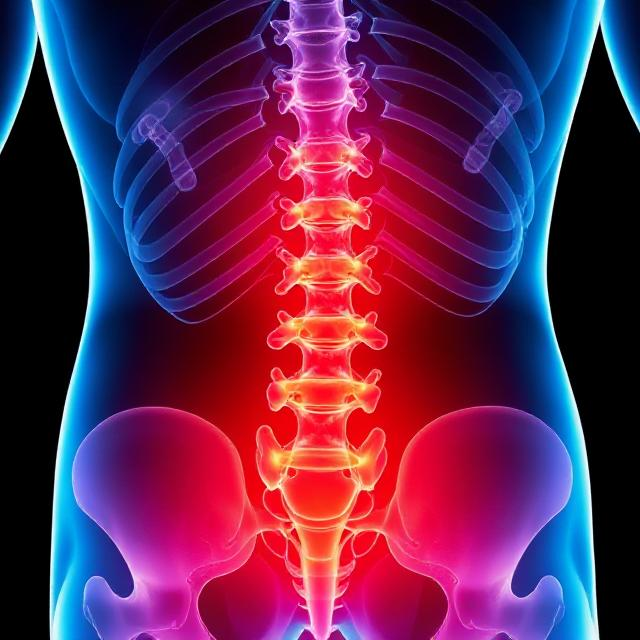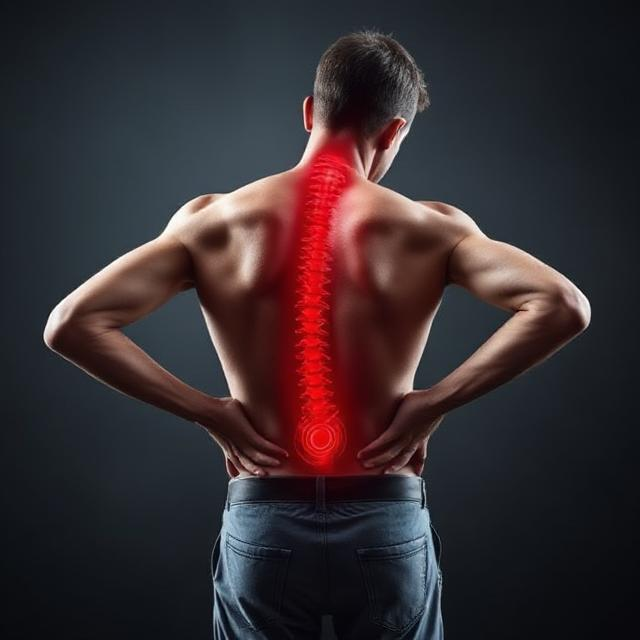What Is Causing Your Shoulder Pain & How Chiropractic Can Help


What Is Causing Your Shoulder Pain & How Chiropractic Can Help
Did you know that the shoulder joint has a range of movement wider than any other part of our body? It is the single most flexible joint in the musculoskeletal system, but that versatility comes with a price: it is also extremely susceptible to injuries. It is therefore no surprise that shoulder pain is as common as it is. Like any other pain condition, however, it is best to nip it in the bud as it tends to escalate in severity and frequency when left untreated. Most patients report experiencing a reduced range of motion in the arms, such as being unable to perform tasks that require one to stretch their arms overhead; a recurring pain in the shoulders, which seems to surface both after engaging in activities that involve extensive use of the arms and while one is resting; and numbness or a tingling sensation that spreads as far down as the fingers, often accompanied by a loss of strength in the arms, making simple lifting of everyday objects difficult.
But how does it occur? What most people call the shoulder is really just a joint held together by muscles and tendons, which are cords that connect a muscle to a bone.The inflammation of tendons is called tendonitis, which is among the most common causes of shoulder pain. It is usually a result of overuse or repetitive stress, and as such is extremely common among athletes, especially those who participate in sports that involve a lot of overhead motions, like throwing balls or smashing one down with a racquet. It is by no means limited to athletes, however, as it is equally likely to damage your shoulders through trauma. Sudden forces or movements can shift the joint out of place, which can lead to muscle spasms, inflammation and pain. The causes of shoulder pain vary wildly from patient to patient – in some, for example, it is simply a case of referred pain resulting from problems in other areas of the body, such as the neck region, the nerves of which are connected to the shoulders.
A chiropractor would first begin with a thorough examination to identify the true source of discomfort. This usually involves a variety of motion and muscle strength tests where the patients are asked to perform certain movements repeatedly, allowing the chiropractors to gauge the full extent of their limitations. If a spinal misalignment is detected, it is usually corrected first, as it is important to make sure all the nerves leading to the problem area are free of obstruction, and the spinal cord is where they originate. The shoulder adjustment comes after, which is done gently to shift the joint forward or backward, depending on the condition. This is usually followed up by a prescription of rehabilitative exercises as well as treatments, such as stretching and the application of heat or ice to the affected region, to manage and eliminate any residual pain. In severe cases where the intervention of an orthopedic specialist is required, the chiropractors will refer the patients to one with whom they will collaborate closely to ensure a safe recovery.



